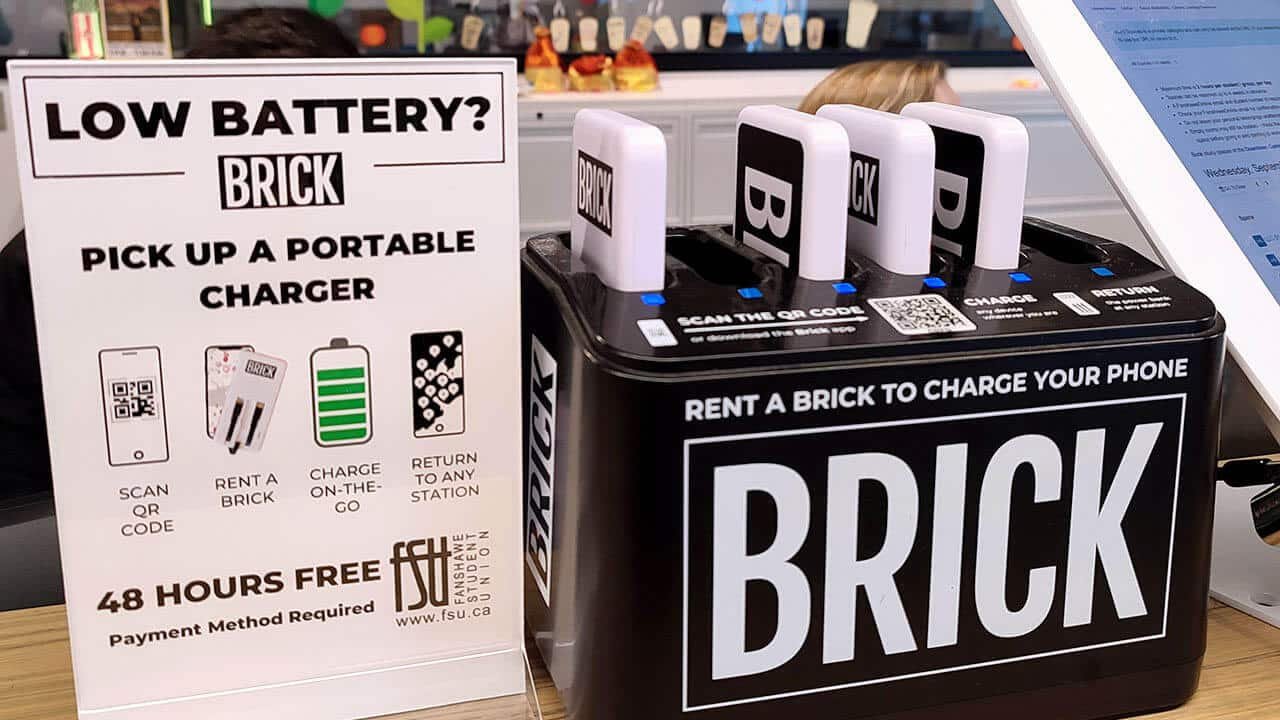In today’s mobile-first world, power bank sharing services have emerged as a convenient solution for users on the go. This comprehensive guide explores the essential components of building a successful power bank sharing business, from hardware selection to software development and market positioning.
Market Overview
The power bank sharing industry has seen significant growth globally, with services first gaining popularity in China about a decade ago before expanding to Europe, America, Africa, and other parts of Asia. The primary target audience is people under 35—tech-savvy smartphone users who frequently need charging solutions while at airports, shopping malls, cafes, and restaurants.
Key Components of a Power Bank Sharing Startup
Hardware Components
The hardware foundation of any power bank sharing business consists of charging stations that can be found in various sizes and configurations:
- Station Types:
- No-screen stations
- Screen stations (with or without touch capability)
- Various capacities (6-slot, 12-slot, or larger 36+ slot options)
When selecting hardware, it’s recommended to:
- Choose Android-based stations for better customization and control
- Consider stations with SIM cards for locations without reliable Wi-Fi
- Select power banks with multiple ports (micro USB, Lightning, USB-C)
- Test sample units before bulk purchasing
Alibaba is suggested as a primary marketplace for sourcing these devices, where you can connect directly with manufacturers.
Critical Hardware Questions
When communicating with suppliers, always ask about:
- Types of stations available
- Documentation for integration with your server
- MQTT server access (preferably using AWS rather than AliCloud for better performance outside Asia)
- Source code access for controlling station slots
- Pricing and delivery timeframes
Software Components
The software ecosystem for a power bank sharing business includes:
- Mobile applications for iOS and Android
- Admin web panel for management
- Backend infrastructure that contains core business logic
- Third-party services integration
Mobile App Development
The presenter recommends Flutter as a cost-effective framework for cross-platform development, though native languages (Swift for iOS, Kotlin for Android) can provide better performance at higher development costs.
Key mobile app features include:
- User registration via SMS
- Map interface showing station locations
- Wallet and payment management
- Rental history
- QR code scanning functionality
- Customer support integration
Admin Panel
The admin panel should include:
- User management
- Station management
- Rental history
- Analytics dashboard
- Settings configuration
Third-Party Integrations
Essential third-party services include:
- SMS verification (Twilio, etc.)
- Payment gateways (Stripe or local alternatives)
- Push notifications
- Google Maps
- Analytics tools
- Mobile internet providers (for SIM-enabled stations)
Software Development Process
The development process typically follows these stages:
- Exploration Phase: Business analysis and UI/UX design
- Documentation: Creating detailed software requirements specifications
- Development: Building the mobile apps, backend, and admin panel
- Testing: Quality assurance
- Deployment: Releasing to app stores
The typical development timeframe ranges from 3-5 months, with costs between $35,000-$45,000 depending on feature complexity and third-party integrations.
Business Considerations
Location Partnerships
Securing strategic locations is crucial. Approach potential partners such as:
- Shopping mall owners
- Airport management
- Cafe and restaurant chains
- Universities and event organizers
Consider offering incentives like revenue sharing or displaying their advertisements on your station screens.
Financial Projections
The presenter shared two financial scenarios:
Optimistic Scenario:
- 100 stations (12 slots each)
- 800 power banks rented daily (4 hours each)
- $0.70/hour rate
- Monthly revenue: ~$67,000
- Annual profit potential: ~$500,000
- ROI: 1-2 years
Pessimistic Scenario:
- 100 stations
- 300 power banks rented daily (2 hours each)
- $0.70/hour rate
- Significantly lower but still profitable returns
Potential Risks
Several risks to consider:
- Unreliable software or hardware suppliers
- Communication issues with Chinese manufacturers
- Third-party service problems
- External factors (pandemic restrictions, new regulations)
- Competitive pressure
Launch Steps
- Select software and hardware suppliers
- Develop a business plan with multiple scenarios
- Register your company and open bank accounts
- Create developer accounts in app stores
- Develop branding and UI design
- Purchase test stations for quality control
- Develop and test software
- Plan marketing campaigns
- Launch apps to stores
- Test with initial audience
- Gather feedback and iterate
Conclusion
A power bank sharing startup requires careful planning across hardware, software, and business development areas. With the right approach, it can provide significant returns within 1-2 years. The initial investment (approximately $142,000 for the first year) primarily covers hardware and software costs, with marketing becoming a major expense in subsequent years.
For entrepreneurs interested in this business model, consulting with experienced developers in this field can help navigate the complexities of both hardware integration and software development.



